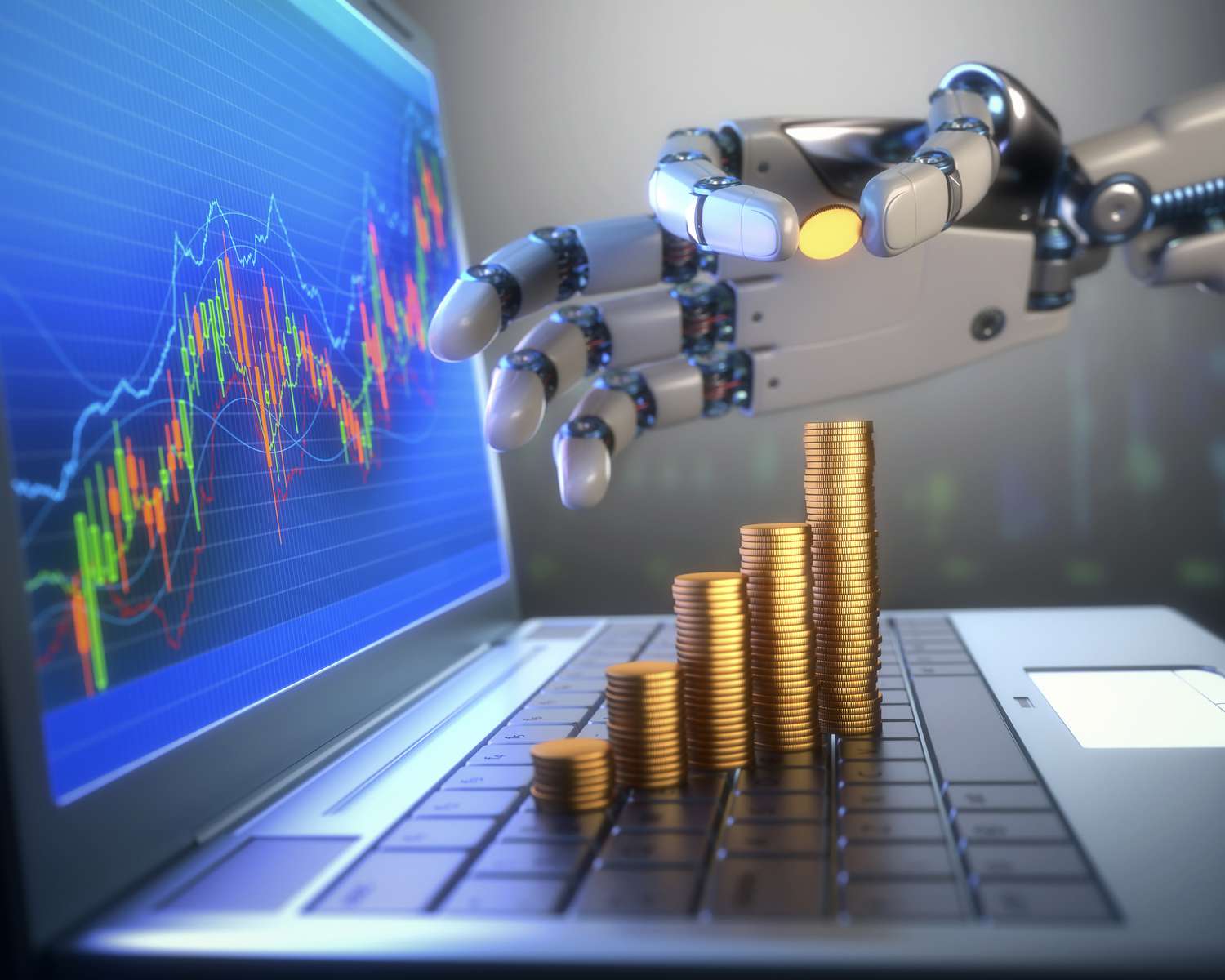Introduction: The 21st century has witnessed a remarkable transformation in the global economy, driven in large part by advancements in advanced technology sectors. From artificial intelligence to biotechnology, these cutting-edge industries have played a pivotal role in shaping economic growth, innovation, and competitiveness on a global scale. In this article, we will explore the intricate relationship between advanced technology sectors and their impact on economic growth.
The Evolution of Advanced Technology Sectors: Advanced technology sectors encompass a wide range of industries characterized by their reliance on scientific research, innovation, and the application of high-tech solutions. These sectors include but are not limited to information technology, biotechnology, nanotechnology, clean energy, and aerospace. Over the past few decades, these industries have experienced exponential growth, leading to significant changes in various facets of the global economy.
Driving Innovation and Productivity: One of the most notable contributions of advanced technology sectors to economic growth is their role in driving innovation and productivity. Innovations in these sectors often lead to the development of new products, processes, and services that revolutionize industries and create new market opportunities. For instance, advancements in artificial intelligence have paved the way for automation and data-driven decision-making, transforming the efficiency and productivity of businesses across sectors.
Job Creation and Skill Development: Advanced technology sectors have also been instrumental in job creation and skill development. As these industries expand, they create a demand for highly skilled workers, including engineers, data scientists, and researchers. The development of a skilled workforce not only supports the growth of these sectors but also contributes to economic diversification and the emergence of knowledge-based economies.
Global Competitiveness and Trade: Countries that invest in advanced technology sectors often find themselves at the forefront of global competitiveness. The ability to produce high-value, technologically advanced goods and services enhances a nation’s trade position and attracts foreign direct investment. Additionally, these industries facilitate the formation of global supply chains, promoting international collaboration and knowledge-sharing.
Sustainable Development and Environmental Impact: Many advanced technology sectors, such as clean energy and sustainable agriculture, contribute to environmentally friendly practices and sustainable development. These industries address pressing global challenges, including climate change and resource scarcity, while simultaneously fostering economic growth.
Challenges and Considerations: While advanced technology sectors offer significant benefits, they also present challenges that require careful consideration. These challenges include issues related to intellectual property rights, ethical concerns surrounding emerging technologies, and potential job displacement due to automation.
In an increasingly interconnected and fast-paced world, advanced technology sectors have become driving forces behind economic growth, innovation, and global competitiveness. The symbiotic relationship between these industries and economic development highlights the need for continued investment in research, education, and infrastructure to harness their full potential. As we navigate the complexities of a rapidly evolving technological landscape, embracing and leveraging advanced technology sectors will remain essential for fostering sustainable and inclusive economic growth.
The Global Economy and its Crises: An In-depth Analysis
The global economy is a complex and interconnected network of economies, countries, and markets that collectively drive economic activities and growth on a worldwide scale. Throughout history, the global economy has experienced various crises, both large and small, that have had far-reaching impacts on nations, industries, and individuals. In this article, we will delve into the dynamics of the global economy, its vulnerabilities, and the crises that have shaped its trajectory.
Understanding the Global Economy: The global economy encompasses the production, distribution, and consumption of goods and services across international borders. It is characterized by the movement of goods, capital, labor, and information, facilitated by advancements in technology and communication. Key players in the global economy include multinational corporations, governments, international organizations, and financial institutions.
Vulnerabilities and Challenges: While the global economy offers opportunities for growth and prosperity, it is not immune to vulnerabilities and challenges. Fluctuations in exchange rates, trade imbalances, geopolitical tensions, and shifts in consumer demand can create uncertainties that ripple through interconnected economies. Moreover, the interconnectedness of financial markets means that a crisis in one part of the world can quickly spread to other regions.
Historical Crises and Lessons Learned: The global economy has faced several significant crises throughout history, each with unique causes and consequences. The Great Depression of the 1930s, the oil crises of the 1970s, the Asian financial crisis of the late 1990s, and the global financial crisis of 2008 are just a few examples. These crises have underscored the importance of regulatory frameworks, fiscal policies, and international cooperation in mitigating the impact of economic shocks.
The Global Financial Crisis of 2008: One of the most notable modern examples of a global economic crisis is the 2008 financial crisis. Triggered by the collapse of Lehman Brothers and the subsequent credit crunch, this crisis led to a severe recession, job losses, and a collapse in housing markets in many countries. Governments and central banks around the world responded with unprecedented monetary and fiscal measures to stabilize financial systems and stimulate economic recovery.
The COVID-19 Pandemic and Resilience: The COVID-19 pandemic, which emerged in late 2019, presented a unique challenge to the global economy. Lockdowns, travel restrictions, and supply chain disruptions led to a global recession. However, the crisis also highlighted the importance of adaptability and innovation. Many industries embraced remote work, e-commerce, and digital solutions, showcasing the resilience and agility of the global economy.
Toward a More Resilient Global Economy: As the global economy continues to evolve, policymakers, businesses, and individuals must focus on building resilience to withstand future crises. Strengthening social safety nets, diversifying supply chains, promoting sustainable practices, and enhancing global cooperation are essential strategies to mitigate risks and ensure economic stability.
The global economy is a dynamic and intricate system that shapes the lives of billions of people around the world. While crises are an inherent part of economic cycles, they also provide opportunities for reflection, reform, and growth. By learning from past experiences and adopting proactive measures, we can work toward a more resilient and inclusive global economy that benefits societies, fosters innovation, and addresses the challenges of the 21st century.




